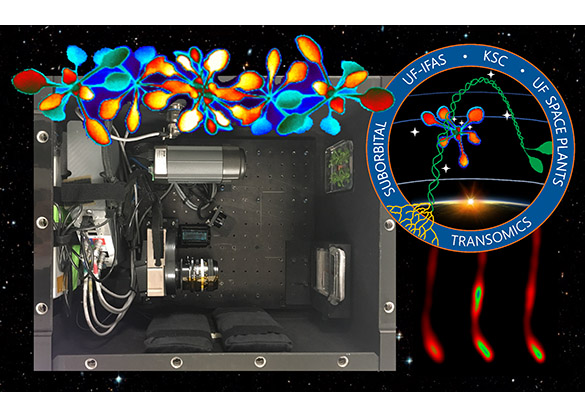Biological Imaging in Support of Suborbital Science
PI: Rob Ferl, Anna-Lisa Paul (Co-I), University of Florida - Gainesville
PI: Rob Ferl, Anna-Lisa Paul (Co-I), University of Florida - Gainesville

- TA06 Human Health, Life Support and Habitation Systems
- TA08 Science Instruments, Observations and Sensor Systems
This flight-proven imaging concept and hardware system fills the need for state-of-the-art images that characterize biological responses to changes in gravity levels during spaceflight. The suborbital flights are designed to provide context to similar deep space imaging systems. This experiment will conduct camera comparisons and a flight test of camera power and control based on triggering from capsule flight data. It is expected to enable finalizing of flight design, operations, and documentation.
The camera and support hardware for the imaging system is designed to autonomously provide high-resolution fluorescent images of any biological specimen on a Petri plate during all phases of suborbital flight. This would facilitate the collection of morphometric, gene expression, and biochemical responses through fluorescent biosensors. The test flights will enable high-fidelity testing of the camera’s systems to inform development for cislunar applications.
Any biological academic, government or commercial researcher interested in capturing imaging data on behavior of biology or materials in the suborbital realm as it informs, orbital, and beyond LEO environments - especially with respect to g-level transitions.
Technology Details
-
Selection DateTechFlights19 (Oct 2019)
-
Program StatusActive
- 0 sRLV
Development Team
-
PIRob Ferl
-
PI Organization
-
Co-IAnna-Lisa Paul
-
Co-I Organization
-
SponsorNASA
-
PartnersNASA/Kennedy Space Center
-
More Information

